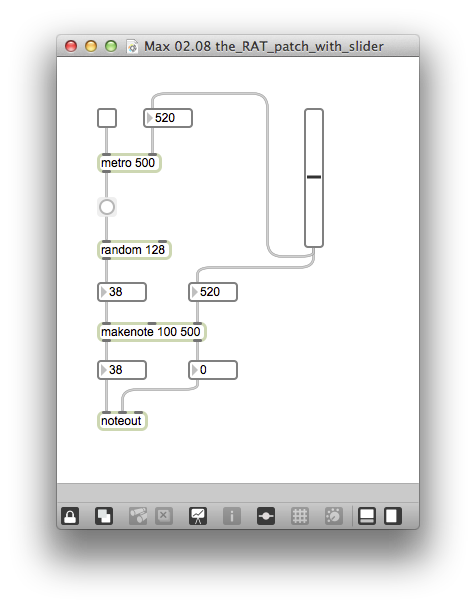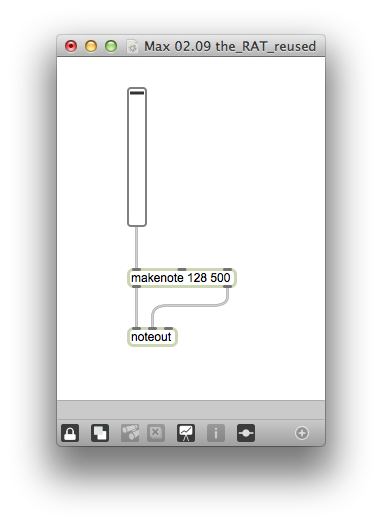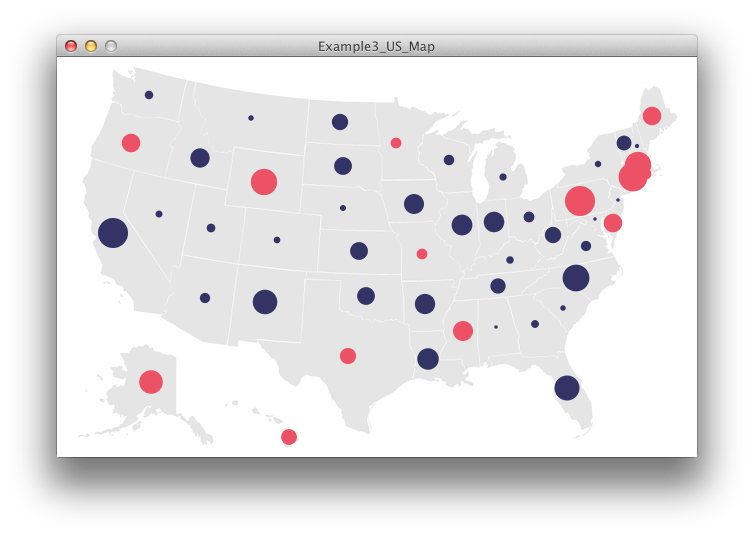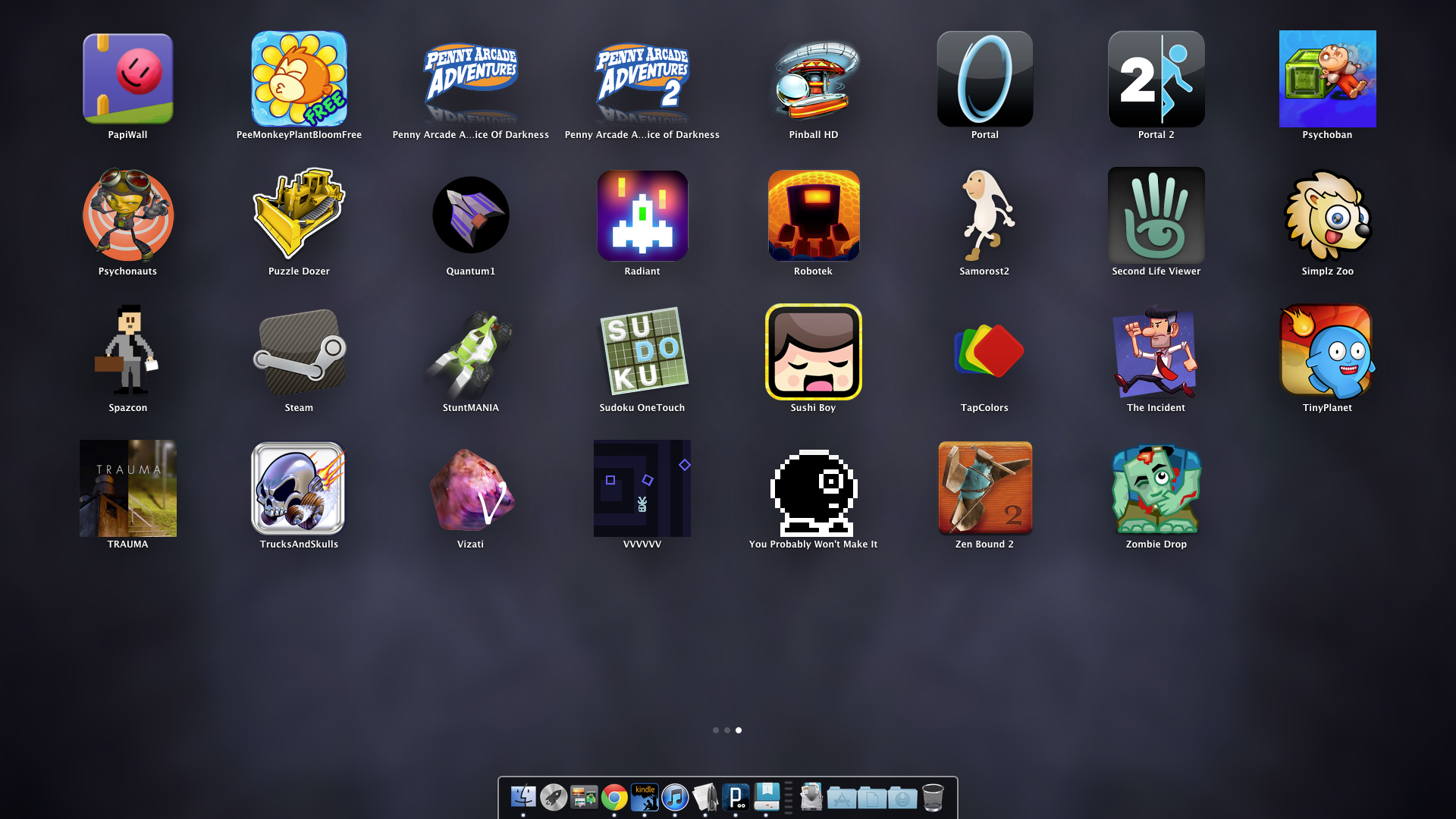 http://seriousgames.msu.edu/analyses/sherloc6/analysis2/index.html
http://seriousgames.msu.edu/analyses/sherloc6/analysis2/index.html
Disaffected! is a serious game developed and produced by Persuasive Games, a company co-founded by Ian Bogost and Gerard LaFond that creates "electronic games for persuasion, instruction, and activism" ("Persuasive Games"). The Disaffected! homepage links to downloadable versions for both Windows and Mac OS X. Ian Bogost is also associated with Water Cooler Games, a research blog about serious games.
I love the whole idea of using videogames to accomplish something beyond entertainment, especially something about social consciousness raising. Go Ian and Gerard!
Related articles
- Ian Bogost - Cow Clicker (bogost.com)
- I Clicked A Cow And I Liked It (slog.thestranger.com)
- "Game designer and academic Ian Bogost announces Cow Clicker, a Facebook game ..." (mublag.boinkor.net)
























































